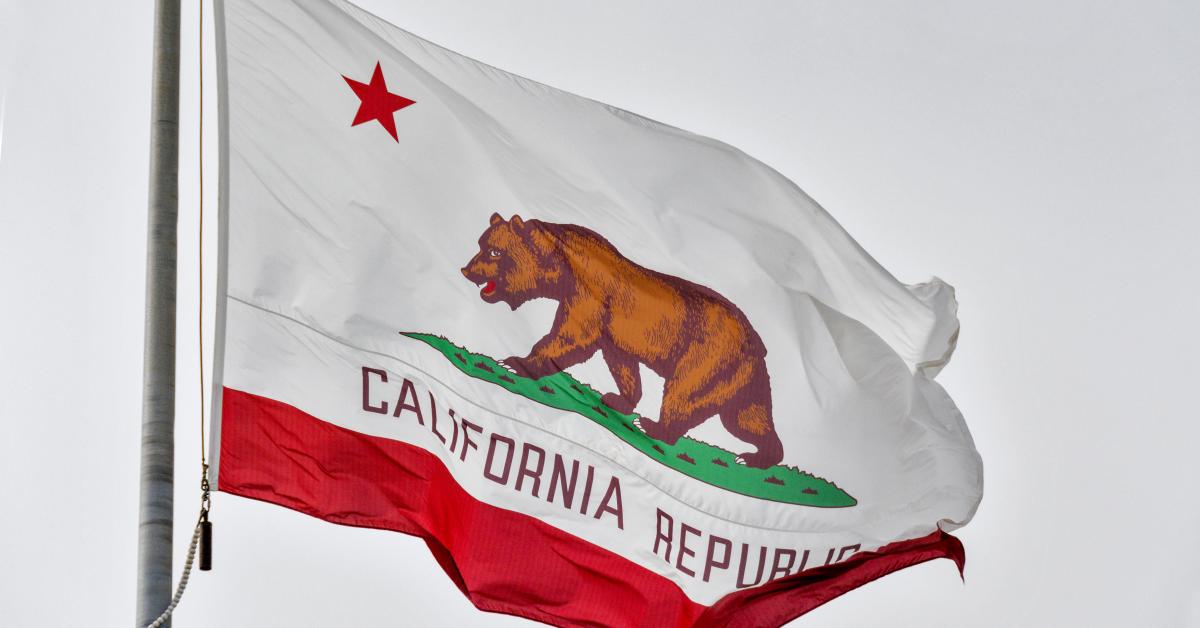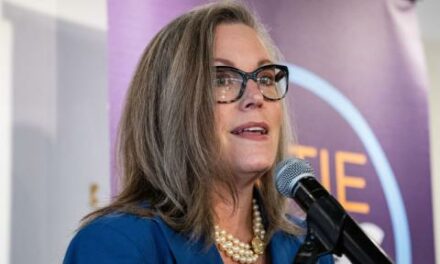We support our Publishers and Content Creators. You can view this story on their website by CLICKING HERE.

California homeowners may face noticeable insurance rate hikes under new rules finalized by state regulators that allow property insurers to use complex climate algorithms — what consumer advocates call secret “black box” models — to set prices.
California’s property insurance rates are set by the state, which has led many property insurers such as State Farm and Allstate to stop accepting new customers or leave the state entirely. With payouts from wildfires and other disasters exceeding insurance premiums, insurers have no choice but to call it quits.
At the same time, rising property insurance costs are pushing homeowners to other states, which S&P warned could cut into state tax revenue and cause downgrades to government credit.
This leaves California regulators in a tough position — they can let insurers raise rates, which puts more pressure on Californians to leave, or they can refuse to raise rates and let insurers leave. Californians without any insurers in the area can still purchase the property insurance from FAIR, the state’s insurer-of-last-resort, but high rates and limited property value coverage mean it’s not a great option.
The new regulations will allow insurers to use climate and catastrophe modeling to set much higher property insurance rates. Earlier this year, Insurance Commissioner Ricardo Lara proposed letting insurers use these models in exchange for covering 85% of homeowners in wildfire areas — a move meant to take pressure off FAIR.
“As California experiences more intense climate impacts, technology will tell us where the risks truly are and accurately price rates that reflect mitigation and hardening investments,” said Lara in a statement on the new regulation.
However, consumer advocacy group Consumer Watchdog says the presented rule allows insurers to cover just 5% more than they do today, a number they can still get out of.
“And companies don’t even have to meet that threshold, they can opt for an alternative arrangement if they want,” said Consumer Watchdog President Jamie Court in a statement. “Companies can use secret algorithms to correspond to black box climate models to raise insurance rates. Even the insurance commissioner doesn’t know how much rates will go up because no one can see in the black box.”
While rate increases may be necessary to keep insurers in the state, reducing pressure on insurers and property owners by reducing wildfires is another option the state is pursuing.
Earlier this year, California Gov. Gavin Newsom celebrated the state’s new emphasis on wildfire risk reduction, but data suggests the state could do more.
“The recently signed 2024 budget agreement maintains $2.6 billion through 2028 to protect Californians from wildfires and improve forest health,” said Newsom’s office earlier this year. “This is in addition to $200 million per year for healthy forest and fire prevention programs, including prescribed fire and other fuel reduction projects.”
The state says one million acres of state-managed forests are “at high risk from uncontrolled wildfire.” Last year, the state treated just over 130,000 acres of forest for wildfire risk reduction.
This means the state has an almost eight-year forest treatment backlog, which does not include additional high-risk areas created by recent rains spurring vegetation growth that later dries into tinder.

 Conservative
Conservative  Search
Search Trending
Trending Current News
Current News 





